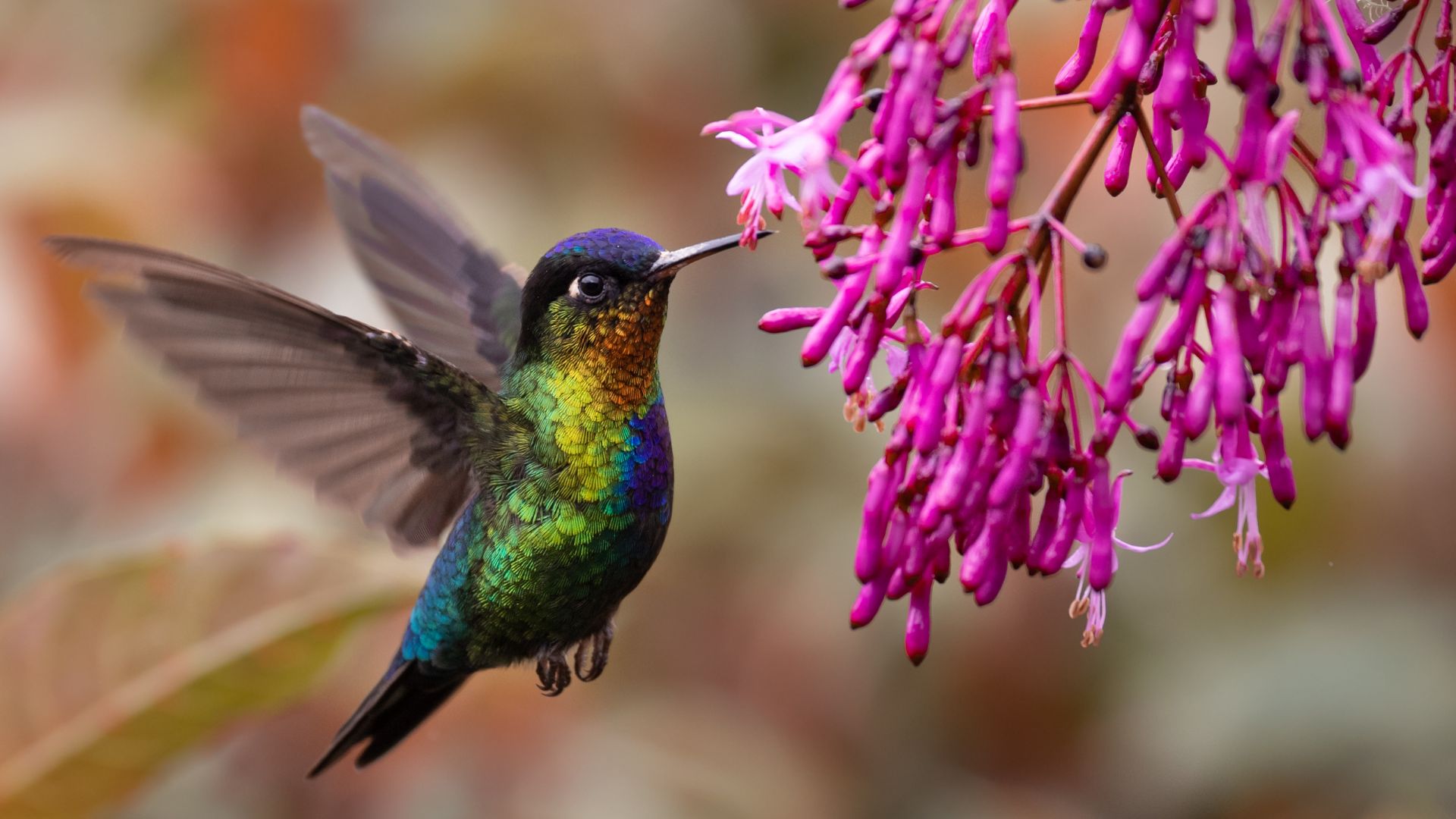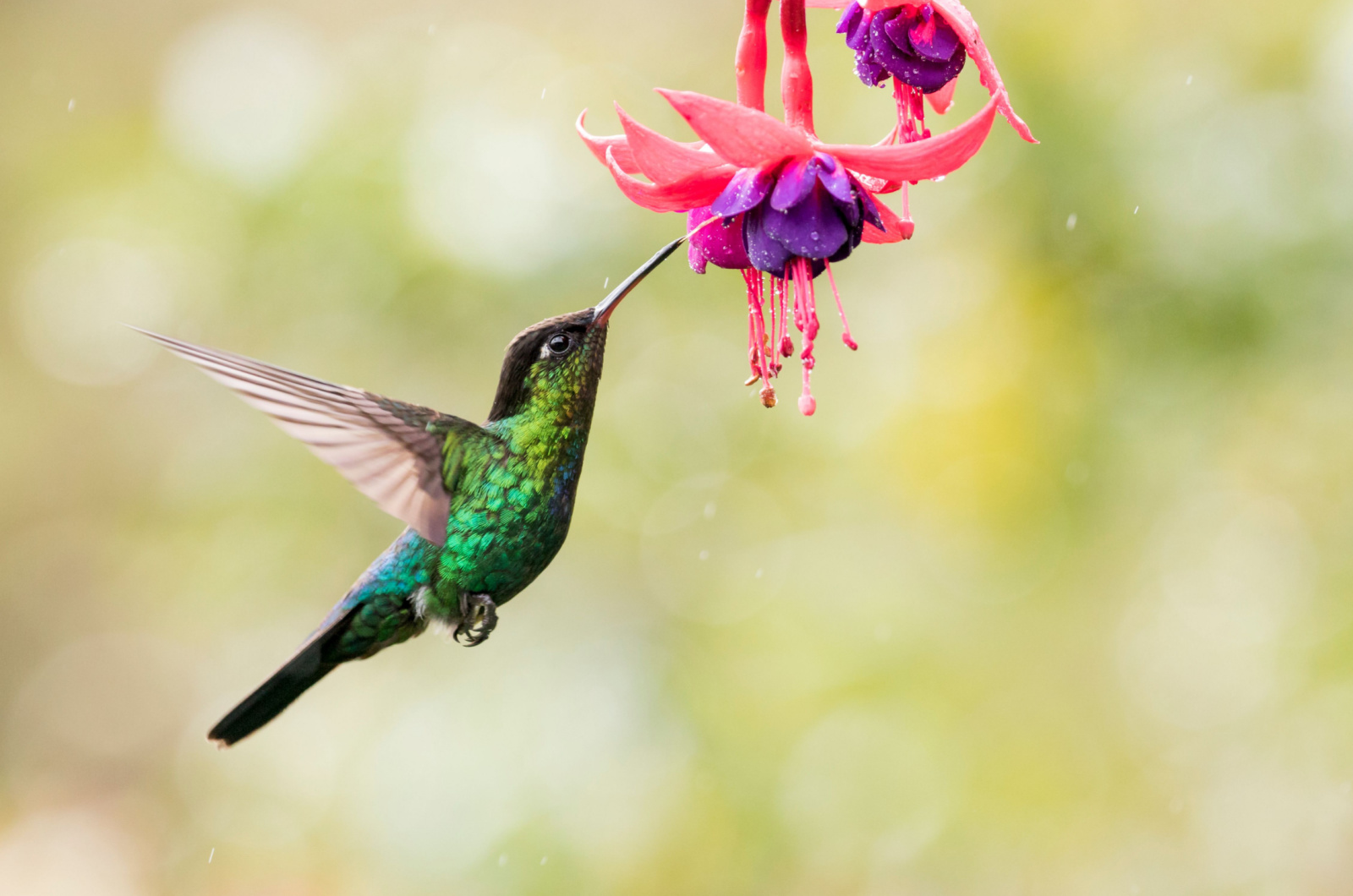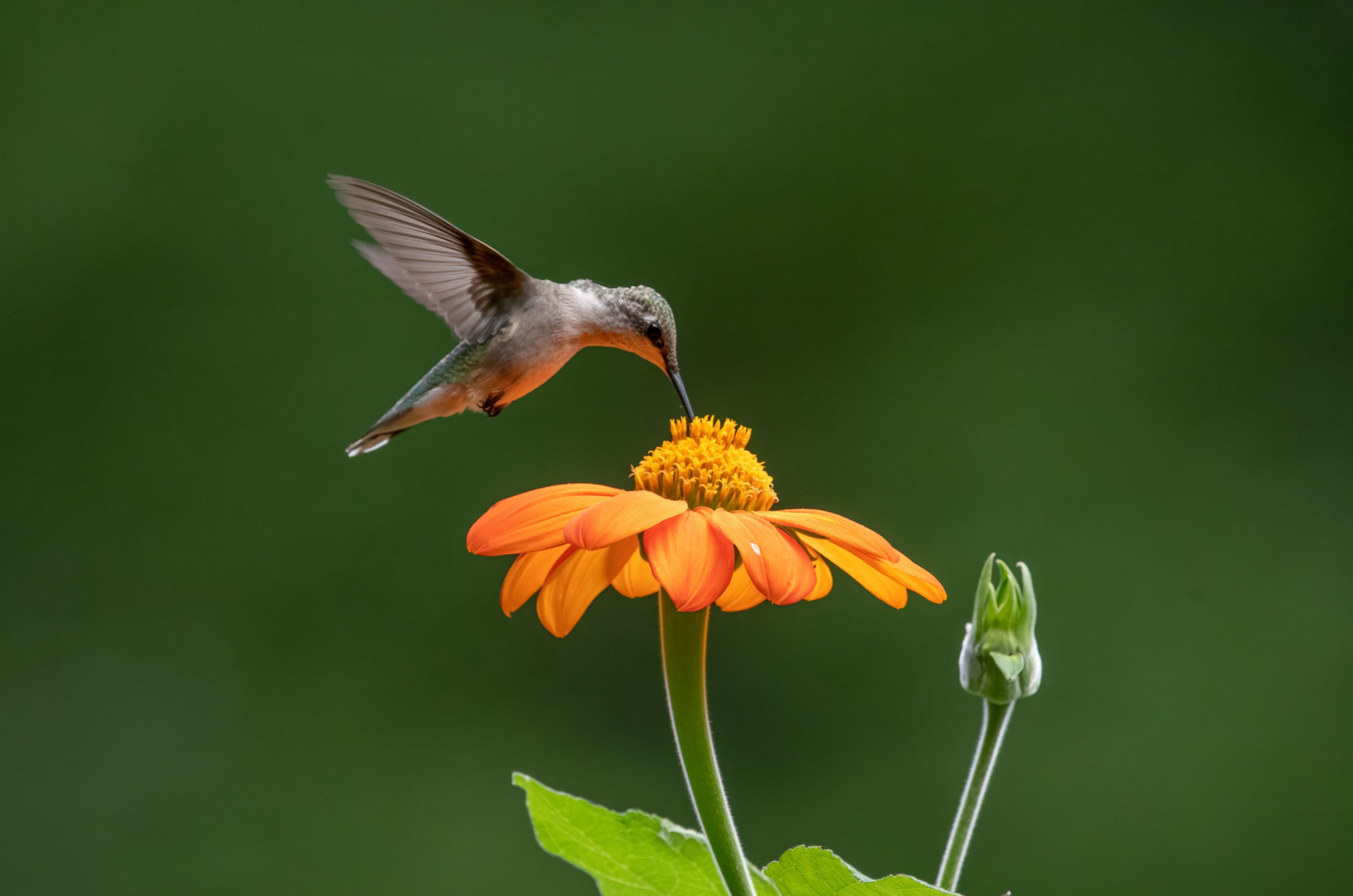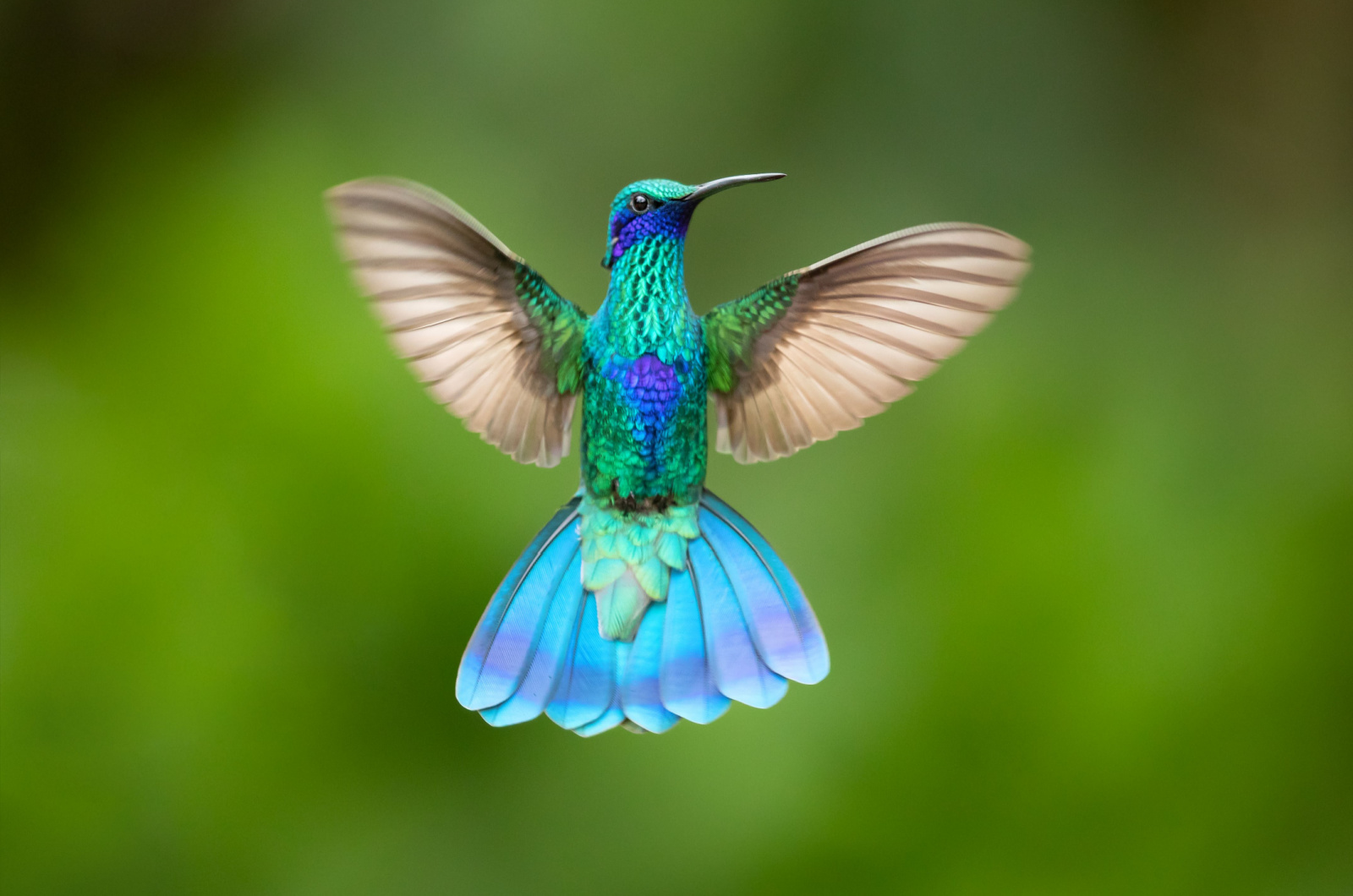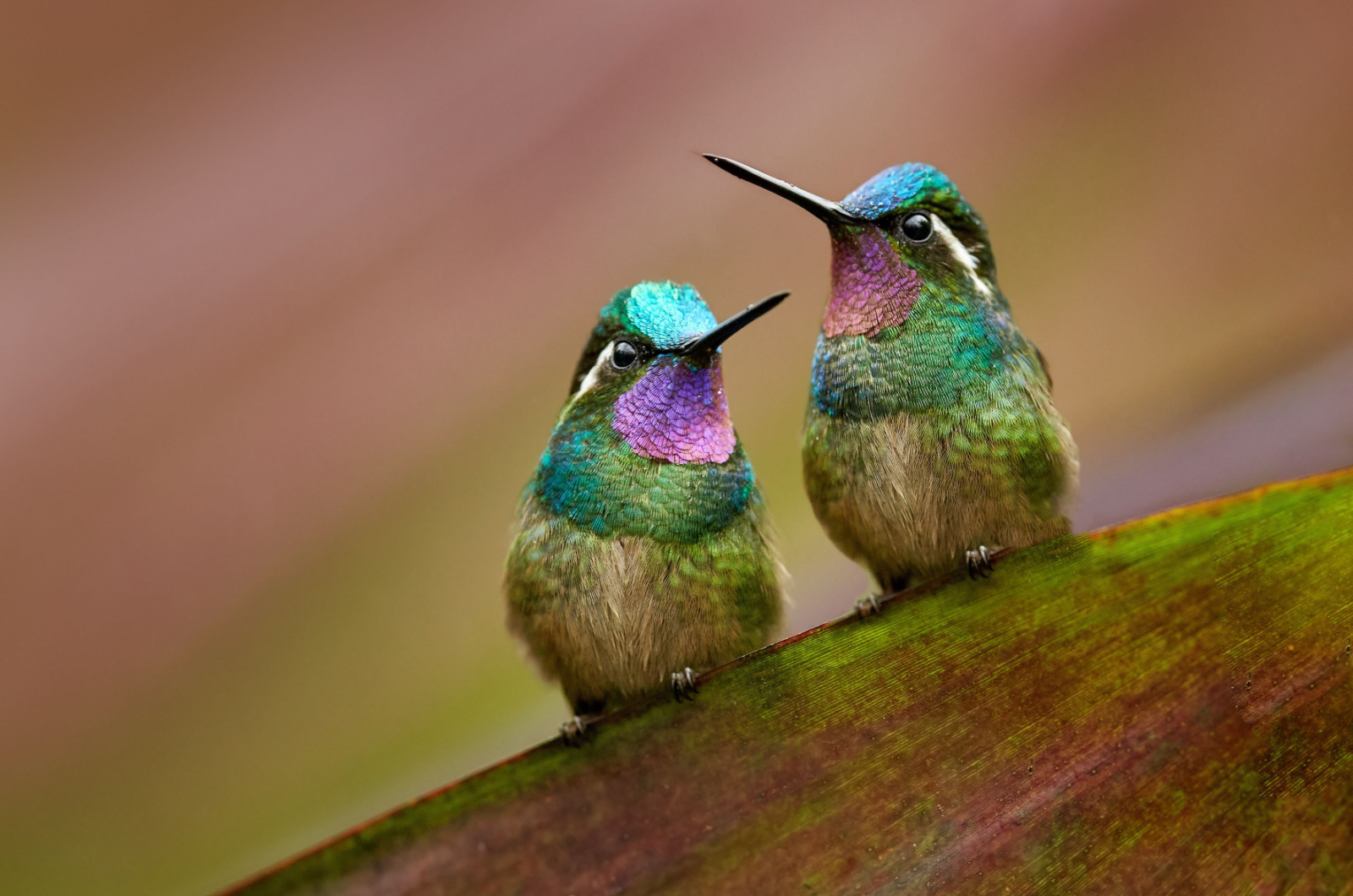Hummingbirds are captivating little birds with jewel-like colors that are adored by most gardeners. In fact, most of us are constantly trying to attract hummingbirds to our gardens since they can pollinate flowers so well.
However, having hummingbirds in the garden all the time is not possible because they migrate once the seasons change. Timing of hummingbird migration varies between species and climates.
Most hummingbirds migrate north during the summer and south during the winter season So, if you are interested in knowing more about hummingbird migration, keep reading!
Why Do Hummingbirds Migrate?
Hummingbirds feed on nectar and small insects. Once their food sources are depleted, these little birds will travel long distances to search for food. They will settle once again in warmer regions with plentiful nectar-rich flowers and small insects buzzing around.
Their unique physical characteristics enable them to survive without water and food for a long period of time, which allows them to travel long distances. Their fast heartbeat and metabolism mean they can lose body heat quickly and cool down in extremely warm temperatures.
Additionally, some hummingbirds migrate just for practical reasons. For instance, they find specific areas that suit them more than others – these are usually locations with a lot of flowers so that they can easily find food sources.
Hummingbirds also migrate to avoid the harsh winter months. They travel to the south where temperatures are more favorable.
The migrations vary between different species. It’s easier to track down hummingbirds and their migrations once you know what type of hummingbirds you are dealing with.
Most hummingbird species fly during the day and sleep at night. They fly very fast and they don’t even stop to drink water. For instance, Ruby-throated hummingbirds fly straight through the Gulf of Mexico because there’s no place where they can stop and rest.
You see, these little birds work hard during their lifetime. If you want to make their migrations a bit easier, consider planting some of these flowers that attract hummingbirds and provide them with delicious nectar!
When And Where Do Hummingbirds Migrate?
These little birds migrate once their breeding cycle is completed (which is usually from late summer to early fall). However, the timing and destination varies according to species.
For instance, Rufous species migrate in July. They migrate south, following the Rocky mountains, and nest in Alaska. Ruby-throated hummingbirds migrate to southern provinces of Canada.
Those in the southern US migrate from late September to October, but those in Canada start migrating in August because they have to fly further. These hummingbirds come back earlier, usually in January or February.
Interestingly, male hummingbirds arrive first to start the breeding season. Broad-tailed species migrate north, and they arrive as far as Southern Montana in late May.
Anna’s hummingbirds are an exception because they don’t migrate from the United States. Their remarkable body adaptations allow them to survive harsh winters.
They enter a state called torpor, which is when their metabolism is decreased due to low body fat levels or scarce feathers. This state is similar to animal hibernation, and they might even appear dead.
However, they should not be disturbed because they will come back as soon as the spring arrives. These types of non-migratory hummingbirds are often found in Central America, South America, and Mexico.
Also read: 11 Purple Flowers That Will Attract Hummingbirds To Your Garden
How Do Hummingbirds Migrate?
Weather changes trigger hummingbird migration. Sudden temperature changes, reduced food sources, and the angle of solar rays all serve as triggers for migration.
Once the end of summer approaches, hummingbirds go through a process called hyperphagia, which means that they eat intensively in order to increase their body weight by about 25-40%. The energy is stored and released during long flights.
Additionally, they fly relatively low to the ground, which allows them to look for food sources as they migrate. Gardens with nectar-rich flowers and hummingbird feeders assist these little travelers along the way.
Hummingbirds also conserve their energy by catching tailwinds to assist them move forward. They usually seek shelter during strong winds.
Interestingly, hummingbirds are not types of birds that migrate in flocks. They like to travel individually, but they do gather in one area and begin their journey there. Male hummingbirds usually migrate first to find feeding and nesting areas.
Most hummingbirds come back to the same area – these tiny birds have remarkable memories and can remember reliable food and nesting sites.
So, if you put up a hummingbird feeder, expect them to come back next year!
How To Help With Hummingbird Migration
We have already mentioned a few things you can do to help hummingbirds on their journey. The easiest thing you can do is provide them with clean water. Then, you can hang out feeders in places where hummingbirds fly through.
However, you can also plant flowers and bushes that will provide hummingbirds with some snacks as they travel. For instance, bee balm, hummingbird sage, and cardinal flowers are all easy-to-grow plants that can help hummingbirds tremendously.
Native plants are also a good idea as they provide healthy habitats for hummingbirds. Most flowers that attract butterflies will also attract hummingbirds.
You can see more information here: 25 Flowers That Attract Hummingbirds And Butterflies

